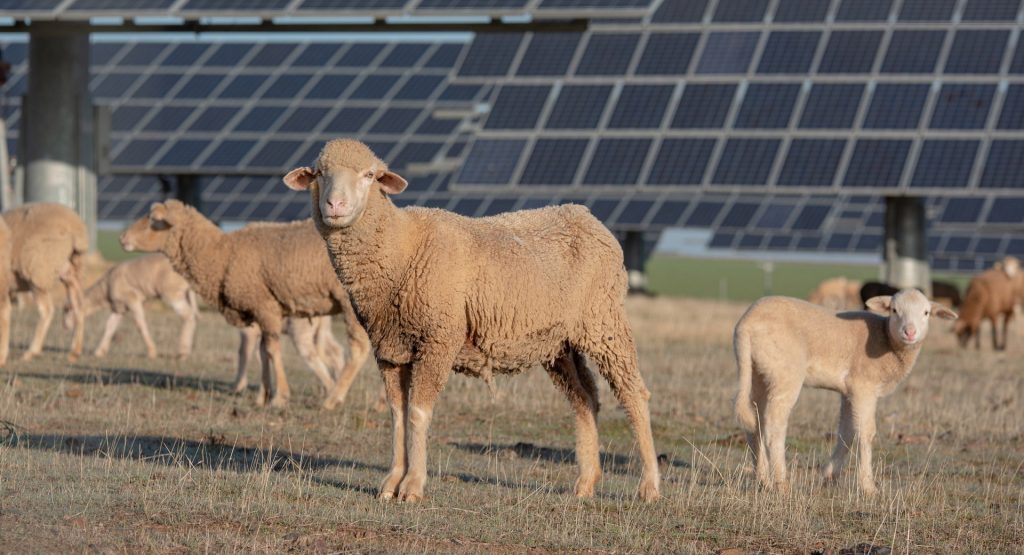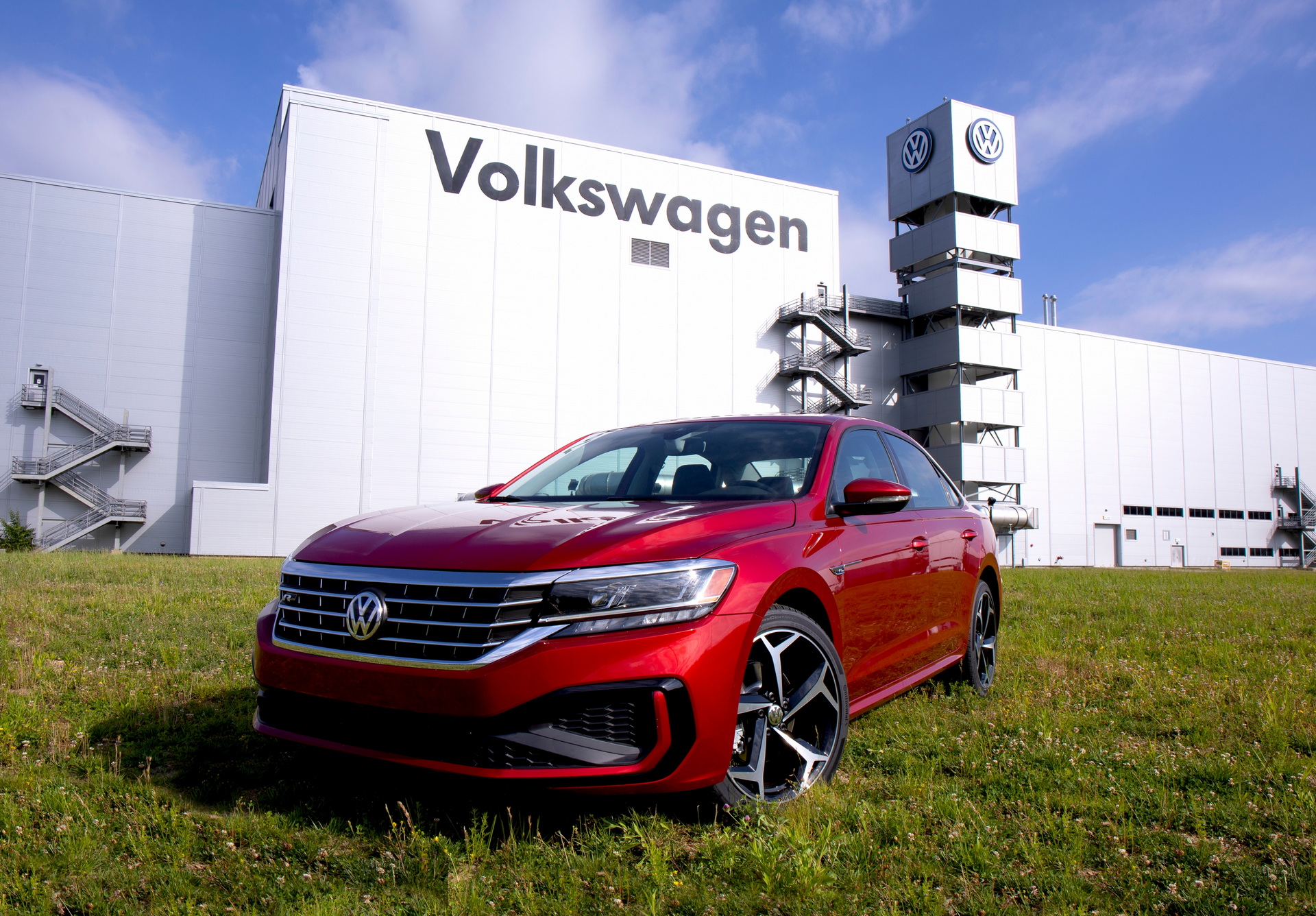Automakers need a lot of workers to operate and, as it turns out, not all of those workers are always humans. Volkswagen USA’s Chattanooga, Tennessee plant currently employs 4,000 human workers and a herd of 50 sheep that are assigned to help with its solar project.
Built in 2013, Volkswagen’s solar park is among the largest fields of solar panels operated by an automaker in the U.S. The 9.5-megawatt system provides 12.5 percent of the plant’s electric needs during full production thanks to its 33,600 solar modules spread over an area of 33 acres next to the Tennessee factory.
Solar farms, though, need solid ground and erosion can be a big problem. In order to keep the soil from eroding, grass can be helpful, but it must also be maintained to keep it from shading the solar panels. Enter, the sheep.
Read Also: Jeremy Clarkson Trades The Grand Tour’s Cars For… Sheep?
“Adaptive grazing with sheep is an efficient and cost-effective way to control vegetation and minimize erosion risks on utility-scale solar facilities,” said Loran Shallenberger, project manager for Regenerative Energy at Silicon Ranch, which manages VW’s solar project. ”The sheep keep the grasses low via grazing and trampling and the solar panels provide sheep with shade, minimizing heat stress in the height of summer.”
The sheep graze on the land, keeping the grass low and, as it turns out, are often better than traditional mowers at getting the grass in hard-to-reach areas. They also inevitably fertilize the grass in the fields, keeping it growing.
To keep the sheep safe, VW also employs a few “rescue” donkeys that alert them to any threatening wildlife. Volkswagen says, though, that it’s important that only sheep are hired for the role since goats (which have also been proposed for this work) tend to jump on the solar panels and chew through wires.
“The solar park is another proof point of Volkswagen’s worldwide commitment to environmental protection,” said Tom du Plessis, chief executive of operations in Chattanooga. “Knowing that we are producing renewable energy maintained by more sustainable solutions like sheep makes this initiative an example for other large factories in the United States.”






